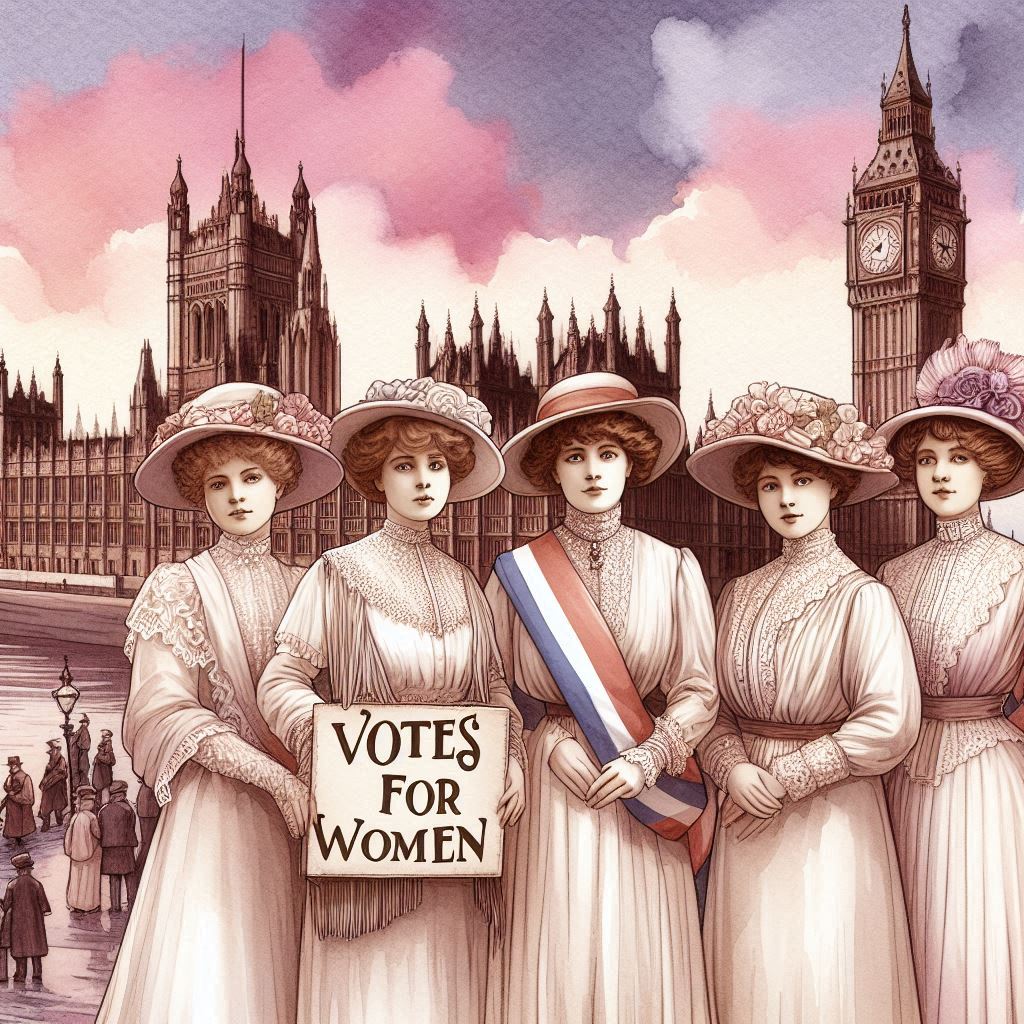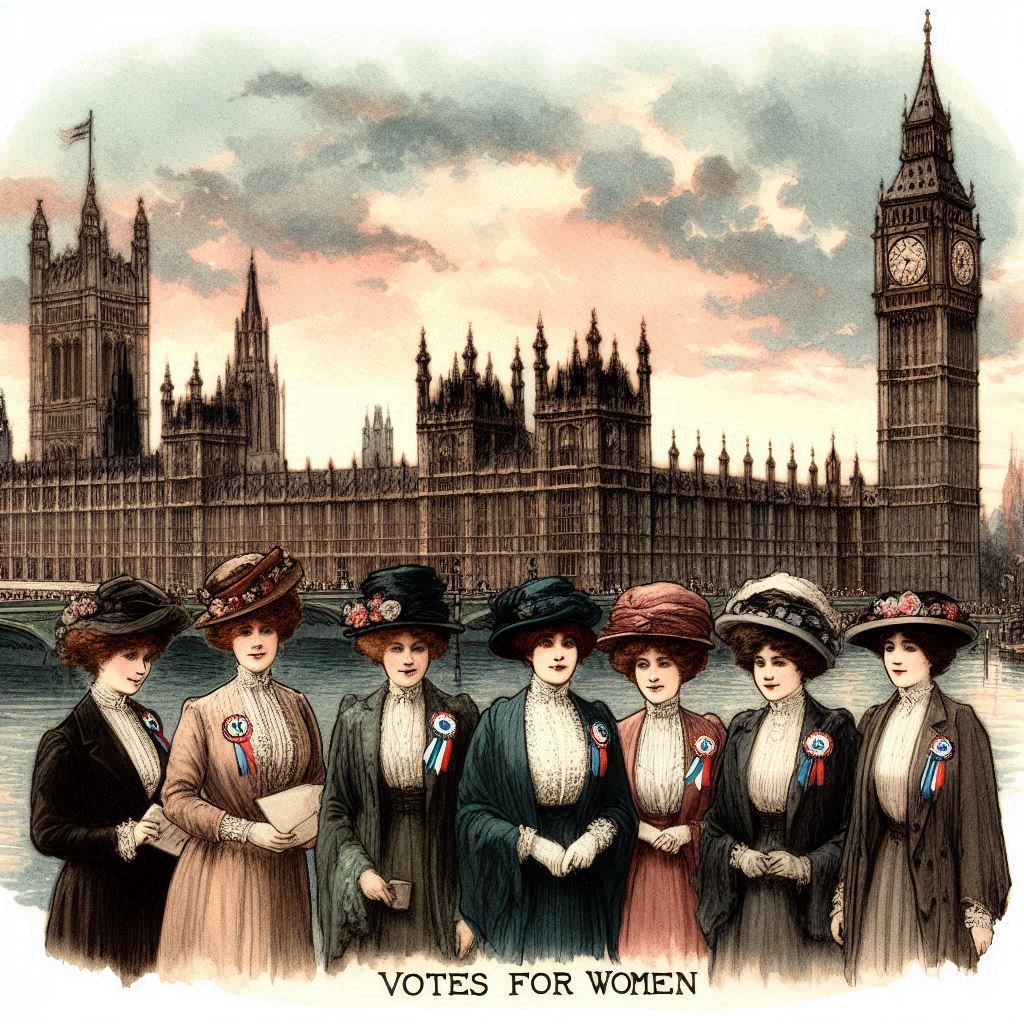
What the Suffragette Movement Did for Working Women: A Historical Impact Analysis
Introduction
The suffragette movement is famous for fighting to give women the right to vote. But its influence stretched far beyond just ballot boxes. For working women, it became a catalyst for key changes in rights, workplace conditions, and social views. Understanding how this movement shaped women’s roles at work helps us see the roots of gender equality today.
The Roots of the Suffragette Movement and Its Initial Focus
Origins and Evolution of the Movement
Suffragette activism started to grow in the late 1800s and early 1900s. Women weren’t just fighting for votes, but also pushing for better lives overall. Two main groups led these efforts: the National Union of Women’s Suffrage Societies (NUWSS), which favoured peaceful protests, and the Women’s Social and Political Union (WSPU), which used more aggressive tactics. Both aimed to raise awareness and change laws affecting women.
Priorities Beyond Voting Rights
Early suffragettes realised that gaining voting rights was just part of the puzzle. They also fought to improve education, legal status, and working conditions. Women wanted to be more than just unpaid labourers or homemakers; they sought independence through legal reform and social recognition. These efforts helped lay a foundation that benefits working women even today.
Advancements in Legal Rights and Protections for Working Women
Legal Recognitions Achieved by the Movement
As the movement grew, women gained access to better education and vocational training—opening doors to new careers. They fought for property rights, making women legal owners of their earnings and assets. Early labour laws started to appear, setting basic standards for work hours, safety, and fair pay, though many struggles remained.
Impact of Legislation Inspired by the Movement
Several laws emerged from these efforts, like the Factory Acts, which limited working hours in dangerous industries. The Representation of the People Act 1918 gave some women the vote, a milestone that recognised women’s importance in society. These laws helped improve working conditions and gave women legal protections they lacked before.
The Role of Suffragettes in Shaping Workplace Equality
Challenging Gender Discrimination
Suffragettes weren’t afraid to make noise about unfair treatment. They protested against unequal pay, limited job options, and discrimination on the job. Their marches, speeches, and symbolic acts pushed employers and lawmakers to think differently about women’s work.
Promoting Equal Employment Opportunities
As a result, policies started encouraging women to take on jobs outside traditional roles. Women began entering more fields like teaching, nursing, and even factory work. These efforts showed that women could be skilled professionals, not just homemakers.
Inspiring and Mobilising Working Women through Activism
Building a Collective Identity
The movement helped working women see they weren’t alone. Women’s clubs and organisations connected efforts, creating solidarity. This shared identity encouraged more women to speak up about their rights and demand fairness in the workplace.
Providing a Platform for Voice and Advocacy
Protests, petitions, and direct actions not only drew attention; they gave women a voice. Campaigns highlighted struggles like poor pay, unsafe conditions, and long hours. Their activism sparked a conversation that would influence policies for decades to come.
Long-term Cultural and Societal Changes Induced by the Movement
Shifting Societal Attitudes Toward Women’s Work
The suffragette movement helped change how society viewed women’s roles. Women no longer had to be seen only as caregivers or homemakers. Instead, they became full participants in the workforce and society, breaking stereotypes that lasted for generations.
Paving the Way for Future Generations
The movement’s impact set a path for feminism and continued advocacy. It showed women can demand rights and succeed. Today, these roots influence modern fights for equal pay, workplace diversity, and fair treatment at work.
Conclusion
The suffragette movement did much more than secure voting rights for women. It laid the groundwork for better legal protections, challenged workplace discrimination, and transformed society’s view of women’s roles. While progress has been made, the journey isn’t over. Modern activists can learn from those early efforts, using activism, solidarity, and advocacy to push for equal rights and fair workplaces. Every step forward reminds us of the power of collective action in shaping a better world for working women everywhere.
Valerie @admin Pretty Witchy Gothic Gifts



